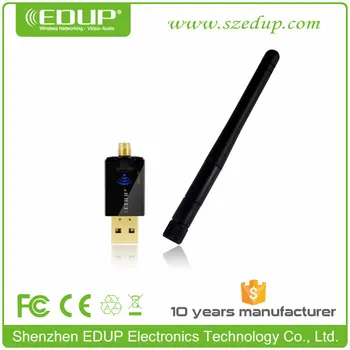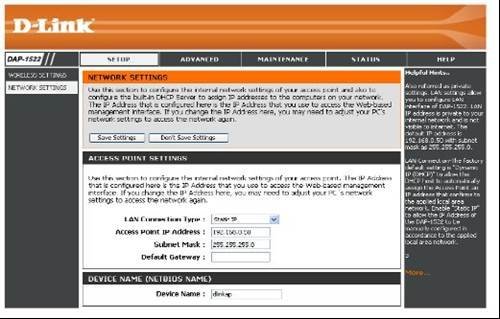Usb 2.0 Wireless 802.iin Driver For Mac
Learn more. Features. Wi-Fi IEEE 802.11n 2.4Ghz single-band. 64/128 bit WEP, WPA/WPA2, WPA-PSK/WPA2-PSK and Wi-Fi Protected Setup (WPS requires software activation, no hardware WPS button on device). Backward compatible with 802.11g/b and USB 1.1. Data transfer rates of up to 150Mbps theoretical- 24Mbps realistic in field testing. Supports Ad-hoc and Infrastructure modes Supported Operating Systems.
Mini Usb Wifi 802.11n Driver

Windows XP, Windows Vista (32-bit and 64-bit), Windows 7, 8, & 10 (32-bit and 64-bit). OS X/macOS 10.4 – 10.12+ (For 10.12+, ) Performance The small size of this adapter makes it extremely portable and keeps it nicely flush with the USB port. However, the small antenna has trade-offs in terms of range and performance. We recommend using with an access point or peer wifi adapter that is in the same room or nearby. The adapter works best with line of sight to the access point.
A laptop with built-in Wi-Fi antennas can cause interference and connection problems. We recommend to disable the internal Wi-Fi or to use a powered USB hub or cable to help get the nano adapter out of range of other signals. Peer-to-Peer (Ad-Hoc) connections Because of its small size, the adapter is especially useful for setting up a separate, peer-to-peer (ad hoc) connection between two wifi adapters. Search “ad hoc wifi setup” for details. Driver Installation Download and install the latest drivers We recommend installing the very latest drivers, available at Windows For Windows 7, 8, and 10, if you have another active network connection, simply plug in the adapter and Windows will automatically download and install the latest drivers from Windows Update.
Once the driver is installed, use your operating system’s standard built-in support for making a new wireless connection to an access point. FAQ Q: The documentation from Realtek for the indicates that the adapter is capable of 150mbps, and your Amazon listing indicates 150mbps, but I’m getting way less than that. A: Without getting into too many details, the 150mbps value represents the maximum “Link Rate” of the adapter, which essentially tells you what wireless specifications are being used for the adapter. Environmental factors such as surrounding radio interference, distance from your access point, and other issues will reduce the performance and possibly the link rate being achieved. 150mbps (18.75MB/s) is the theoretical maximum transmission speed that can be achieved providing all conditions are ideal, such as in a radio testing facility. For home and office use, there will always be factors that reduce performance.
Usb 2.0 Wireless 802.iin Driver Software


If you are consistently seeing a link rate of 72mbps reported by your operating system, this is either due to a configuration error on the router you are connecting to, or because of limitations on the router. If the router’s 2.4GHz channels are set to use 20MHz widths, the link rate will never exceed 72mbps.
To get the 150mbps link rate, the router must be using channels with 40MHz widths. Where to Buy.